While January is traditionally a quiet time of year, with trading patterns returning to normal, both Tesco and Asda are continuing to attract new shoppers according to ACNielsen’s Homescan Total Till information. Meanwhile, Sainsbury has seen a recovery in market share.
Half of all GB households shop at Tesco every four weeks and this can be expected to continue to increase, if only slowly, as Express convenience stores are rolled out, converted or re-ranged.
In the four weeks to January 24, Tesco’s penetration was 50.4%. While this was down from the 53.8% who visited in the key Christmas shopping period, it is higher than Tesco achieved in the same period last year, which was 47.8%.
Asda’s penetration was up from 33.4% for the period last year to 34.8% this time and it now has an average spend per visit similar to Tesco, at around £30, which recognises the relative importance of Asda hypermarkets and supercentres.
However, it also reflects the numerical and trading strength of Tesco Extra. With non-foods such as clothing and electrical now accounting for more than 10% of all store sales in the grocery multiples, this is driving market share growth and in turn the consolidation of the marketplace.
Sainsbury, in spite of falling behind in terms of topline growth, has pulled back market share to 16.3% in the past 12 weeks as it gains share from weaker, high street retailers. Sainsbury last held this level of market share in May 2003.
The losers over the past 12 weeks include Somerfield and Kwik Save and smaller convenience retailers who do not have the space or range to compete for the average shopping basket spend of £25 a visit in the grocery multiples.
However, with a third of all food shopping conducted in the high street or at convenience stores, the need to drive basket spend to £15 and above has never been more important for top-up retailers in these times of change.
Morrisons, which this week gained shareholder approval for its takeover bid for Safeway, will need to move quickly to recapture Safeway shoppers who have declined in numbers by up to 10% in the past 12 months.
The drop has also contributed to Safeway’s market share loss, although it may have stabilised in the most recent 12-week period at 9.2%.
It will be important in future months to see the impact of the Morrisons strategy on Safeway stores before, as well as after, any conversion to the Morrisons range and format.
Half of all GB households shop at Tesco every four weeks and this can be expected to continue to increase, if only slowly, as Express convenience stores are rolled out, converted or re-ranged.
In the four weeks to January 24, Tesco’s penetration was 50.4%. While this was down from the 53.8% who visited in the key Christmas shopping period, it is higher than Tesco achieved in the same period last year, which was 47.8%.
Asda’s penetration was up from 33.4% for the period last year to 34.8% this time and it now has an average spend per visit similar to Tesco, at around £30, which recognises the relative importance of Asda hypermarkets and supercentres.
However, it also reflects the numerical and trading strength of Tesco Extra. With non-foods such as clothing and electrical now accounting for more than 10% of all store sales in the grocery multiples, this is driving market share growth and in turn the consolidation of the marketplace.
Sainsbury, in spite of falling behind in terms of topline growth, has pulled back market share to 16.3% in the past 12 weeks as it gains share from weaker, high street retailers. Sainsbury last held this level of market share in May 2003.
The losers over the past 12 weeks include Somerfield and Kwik Save and smaller convenience retailers who do not have the space or range to compete for the average shopping basket spend of £25 a visit in the grocery multiples.
However, with a third of all food shopping conducted in the high street or at convenience stores, the need to drive basket spend to £15 and above has never been more important for top-up retailers in these times of change.
Morrisons, which this week gained shareholder approval for its takeover bid for Safeway, will need to move quickly to recapture Safeway shoppers who have declined in numbers by up to 10% in the past 12 months.
The drop has also contributed to Safeway’s market share loss, although it may have stabilised in the most recent 12-week period at 9.2%.
It will be important in future months to see the impact of the Morrisons strategy on Safeway stores before, as well as after, any conversion to the Morrisons range and format.




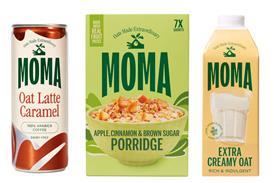



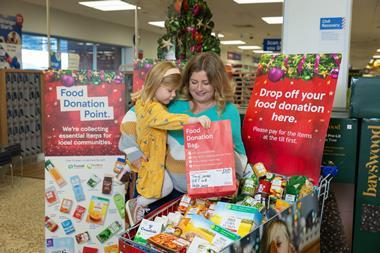
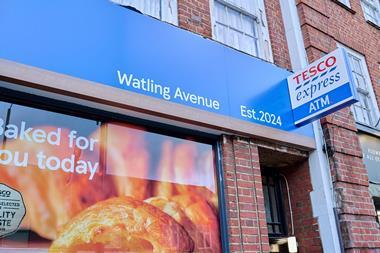



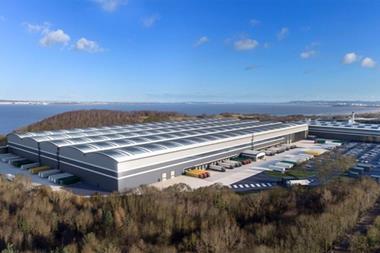

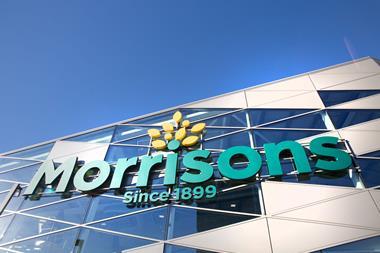


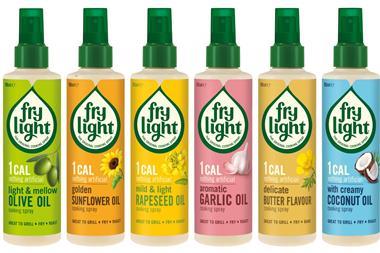
No comments yet